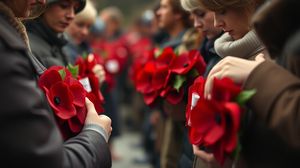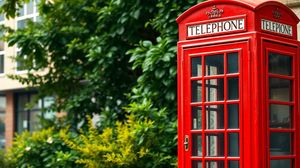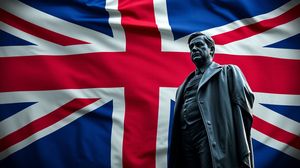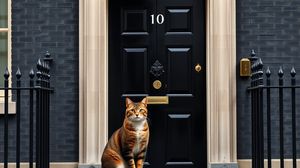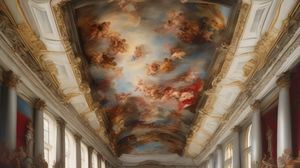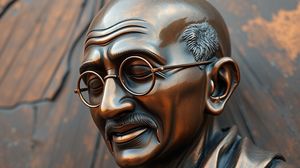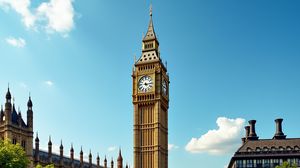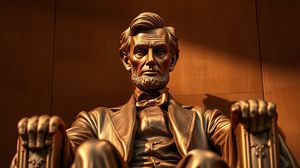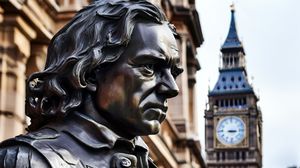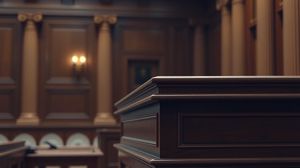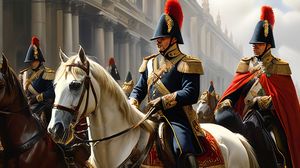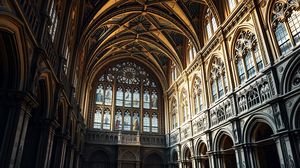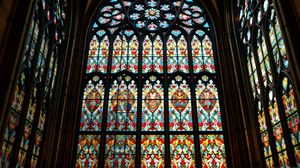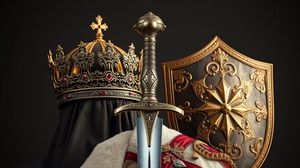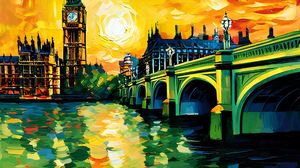
Whitehall in Westminster is a significant road in the heart of London, known for housing some of the UK's most important governmental and historical buildings. It forms part of the A3212 road and runs south from Trafalgar Square towards the Houses of Parliament. The road is often synonymous with the UK's government given the location of many key ministries and public offices.
One of the quirkiest features of Whitehall is the mounted divisions of the Household Cavalry who can be found at Horse Guards Parade. These soldiers on horseback have been guarding the entrance since the mid-17th century, and the Changing of the Guard ceremony here is a sight that continues to draw crowds. The guards display impressive unbroken discipline despite the attention they receive from tourists.
A lesser-known fact about Whitehall is its link to the term "Whitehall" itself being used metonymically to refer to the British government. This practice arose because this street has been the political epicenter of the United Kingdom for centuries, providing a geographical marker for governmental power that persists today.
Whitehall was once home to the lavish Westminster Palace, used by Kings and Queens as a royal residence. A devastating fire in 1698 destroyed much of the palace, but the Banqueting House, designed by the esteemed architect Inigo Jones, still stands. It is the only surviving part of the old palace and is renowned for its magnificent Rubens ceiling, commissioned by King Charles I.
Standing at the heart of Whitehall is the Cenotaph, a war memorial dedicated to the British and Commonwealth military who died in the two World Wars. Originally intended as a temporary structure for a peace parade in 1919, its permanence reflects its deep significance as a site for national remembrance.

Making the Most of Your Visit:
If you time your visit right, you can catch the Changing of the Guard at Horse Guards Parade. It typically happens at 11:00 AM from Monday to Saturday and 10:00 AM on Sundays. It's less crowded compared to the ceremony at Buckingham Palace, so you can get a closer look.
Don't miss the Banqueting House, especially the Rubens ceiling. A lot of people stroll past without realizing there's a masterpiece overhead. If you're there between 11:00 AM and 3:00 PM, you might have the place nearly to yourself.
Take a moment at the Cenotaph. On Remembrance Sunday in November, it becomes a focal point for national remembrance, but even on other days, it's a powerful site for reflection.
Stroll down the street and look out for 10 Downing Street, the Prime Minister's residence. While you can't walk up to the door anymore due to security, standing at the gates lets you peer down one of the most famous streets in political history.
Keep your eyes peeled for the Whitehall Gardens towards the northern end of the street. They're often overlooked, yet these secluded gardens offer a tranquil place to sit and take a breather amidst the hustle and bustle.

Visiting Times & Costs:
Whitehall is a public road, and as such, it is open to the public 24/7. You can walk along the street and view many of its attractions at any time.
- Cost: Access to Whitehall itself is free of charge. However, visiting some attractions, such as the Banqueting House, may require an entrance fee. Please check specific attractions for their fees.
- Opening Hours: While the road is always open, attractions along Whitehall have specific opening hours. For instance, the Banqueting House is typically open from 10:00 AM to 4:30 PM, but it is advisable to verify opening times before visiting as they can vary.
- Accessibility: Whitehall is accessible for wheelchair users and those with mobility issues. However, some historic buildings may have limited accessibility due to their age. It's recommended to check the specific accessibility facilities at each site you plan to visit.
Note that specific events like the Changing of the Guard at Horse Guards Parade have scheduled times, as mentioned previously, which is also worth considering when planning your visit.

Address & Map:

Nearby:
